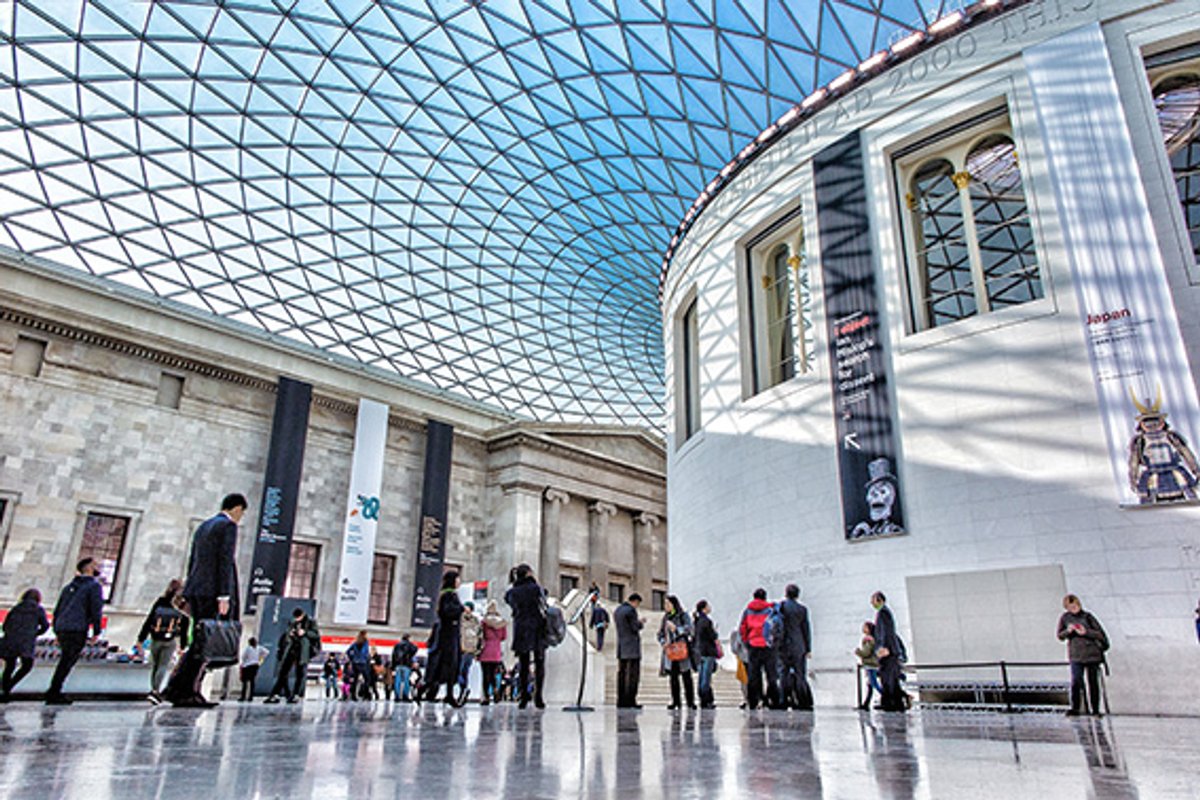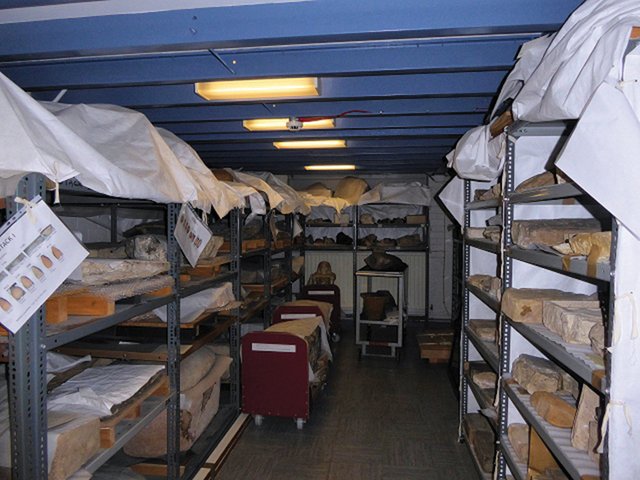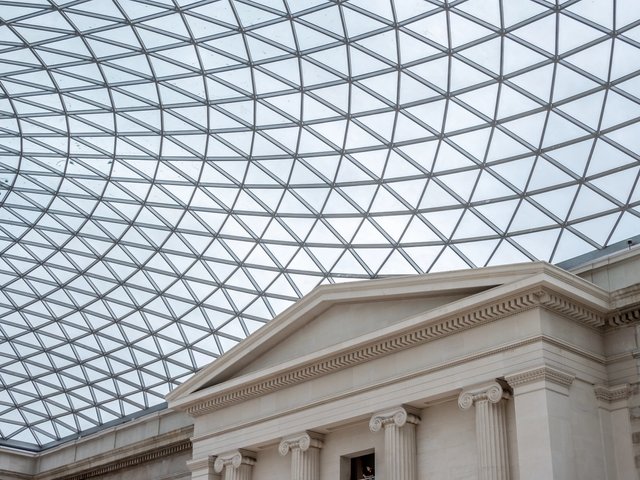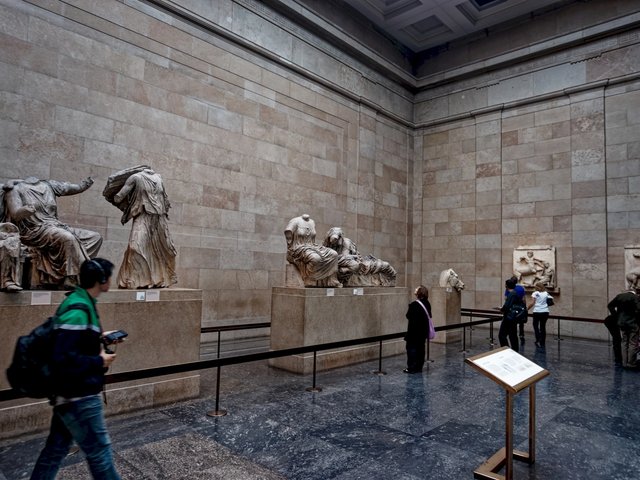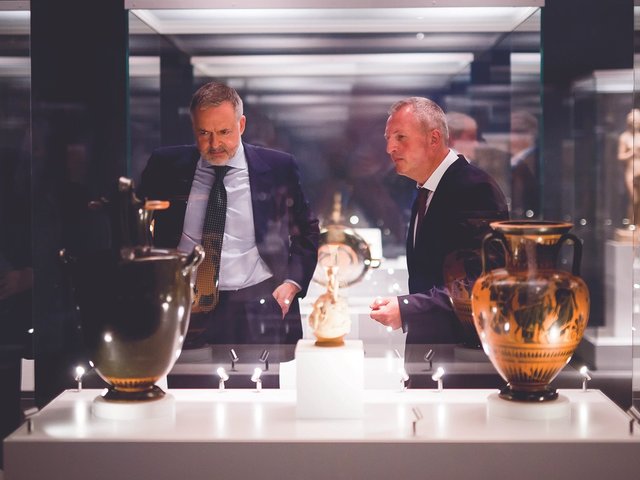“We believe we have been the victim of thefts over a long period of time.” This statement in the ten-past-eight interview slot on BBC Radio 4’s Today programme on Saturday came not, as one might at first imagine, from the Greek culture minister calling for the return of the Parthenon Marbles. Nor was it the head of Nigeria’s National Commission for Museums and Monuments discussing the growing numbers of returns of the Benin Bronzes.
No, this was George Osborne, in his capacity as chair of trustees of the British Museum, describing, with no hint of irony, how an institution famous for refusing to return stolen goods—including those violently looted in the heyday of European imperialism—is the victim rather than the perpetrator of theft.
Osborne was making this rare media appearance in order to apologise for the reported ‘inside job’ in which thefts of untold thousands of artefacts from the museum’s collections were sold off on eBay, and to underline his commitment to recovering what had been taken. In an instance of what British polite society used to call a ‘marmalade-dropper’ moment, Osborne’s broadcast brought to astonished Bank Holiday weekend breakfast tables across the nation the image of a museum that will even steal from itself.
The British Museum’s longstanding claim to be the safest possible repository for world culture was falling apart in slow motion, and with it went the last remaining credible argument against cultural restitution.
Osborne promised listeners that he would fix the problems. But what exactly is it that has gone wrong at the British Museum? In an earlier statement he rightly suggested that the need for “investment in collection records” forms an important part of the context. If you pay a visit to the British Museum’s Collections Online, the urgency and scale of this need is quickly confirmed. The museum’s web pages state that "only about half of the collection" has been added to the database. In other words, perhaps 4.5 million objects are recorded on "more than 2 million records" from what the official museum fact sheet describes as "at least 8 million objects".
The sustained vagueness of these round numbers is a reminder of how, for the past generation or two, the strategic priorities of the British Museum’s leadership have been on temporary exhibitions rather than on achieving basic standards of documentation for the 99% of the collections that are not on display at any one time.
An accurate, comprehensive and publicly-accessible database would have made these thefts impossible to conceal. It would also bring more transparency to what is held—an openness that has been at the heart of the growing movement for cultural restitution since the publication of the landmark Sarr-Savoy report five years ago. It’s hard to demand returns, after all, if you don’t know what’s in the storerooms.
In his radio interview Osborne suggested that the failures may derive from "group think at the very top of the museum". Clearly, a disfunctional institutional culture has now effectively painted the institution into a corner. On the one hand the persistence of an 18th-century model of curation and connoisseurship at this 270-year-old museum has been tolerated and even promoted, through which that 99% of the collections has been treated not as a public resource but a private archive.
Who knows, maybe some trustees even kidded themselves that unwelcome accountability about provenance and looting might be dodged (or at least the can kicked down the street) if there were limited openness about what’s in the storerooms. On the other hand, this sustained neglect of basic record-keeping and transparency has now itself led to the collapse of the museum’s self-styled reputation as having a unique, privileged and unassailable role in safeguarding the world’s heritage.
The bravado with which the British Museum has in recent years redoubled and entrenched its opposition to the restitution of stolen objects on this one principal assertion was already sounding increasingly hollow and shrill. Now these thefts are in turn catalysing and strengthening renewed calls from the governments of Greece and Nigeria for restitution of what was stolen from them.
In this perfect storm, there is a risk that some will try to write off as a ‘bad apple’ story or an unexpected crisis what was in reality a highly predictable failure that unfolded on the watch of the senior leadership team and the trustee body, for both of whom serious questions remain.
What is clear is that to make the British Museum fit for the 21st century will require a rewiring of its ethos of curation and collections care. One that creates a comprehensive publicly accessible database of objects and archives to be completed by, say, 2035—so as to achieve basic standards of documentation.
One that sees curation as co-curation, and about transparency for what’s in the storerooms rather than just about the next blockbuster temporary exhibition, and that sees museums more like libraries — that is, about knowledge rather than just displays.
And of course, one that starts a programme of returning stolen objects on a case-by-case basis, now that the last remaining argument against restitution has been lost.
• Dan Hicks is curator at the Pitt Rivers Museum, Oxford University and author of The Brutish Museums: the Benin Bronzes, colonial violence and cultural restitution.


